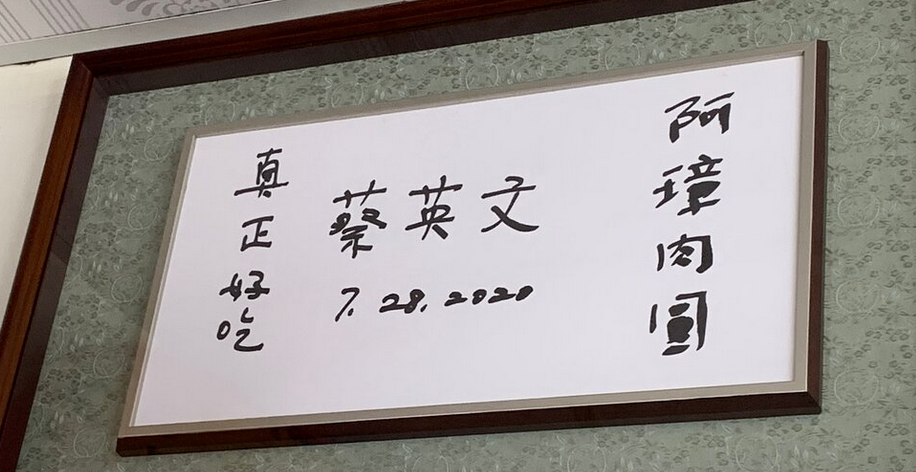If Q(e_1) = 1 and Q(e_2) = -1 (meaning that Q(e_1, e_1) = 1 and Q(e_2, e_2) = -1), thenYWY 写了: 2023年 3月 31日 11:26 This is all fine.
However, in my mind, I like to start with Q(x, y) = x^TAy, where A is symmetric matrix. Then, a quadratic form is Q(x) = Q(x, x). Thus, Q(x+y) = Q(x+y, x+y) = Q(x, x) + Q(x, y) + Q(y, x) + Q(y, y).
Q(e_1+e_2)
= Q(e_1+e_2, e_1+e_2)
= Q(e_1, e_1) + 2Q(e_1, e_2) + Q(e_2, e_2)
= 1 + 2Q(e_1, e_2) - 1
= 2Q(e_1, e_2)
In your post above, you said that e_1 and e_2 form a basis. If this implies that Q(e_1, e_2) = 0, then, continuing from the above, we see that
Q(e_1+e_2) = 0.






